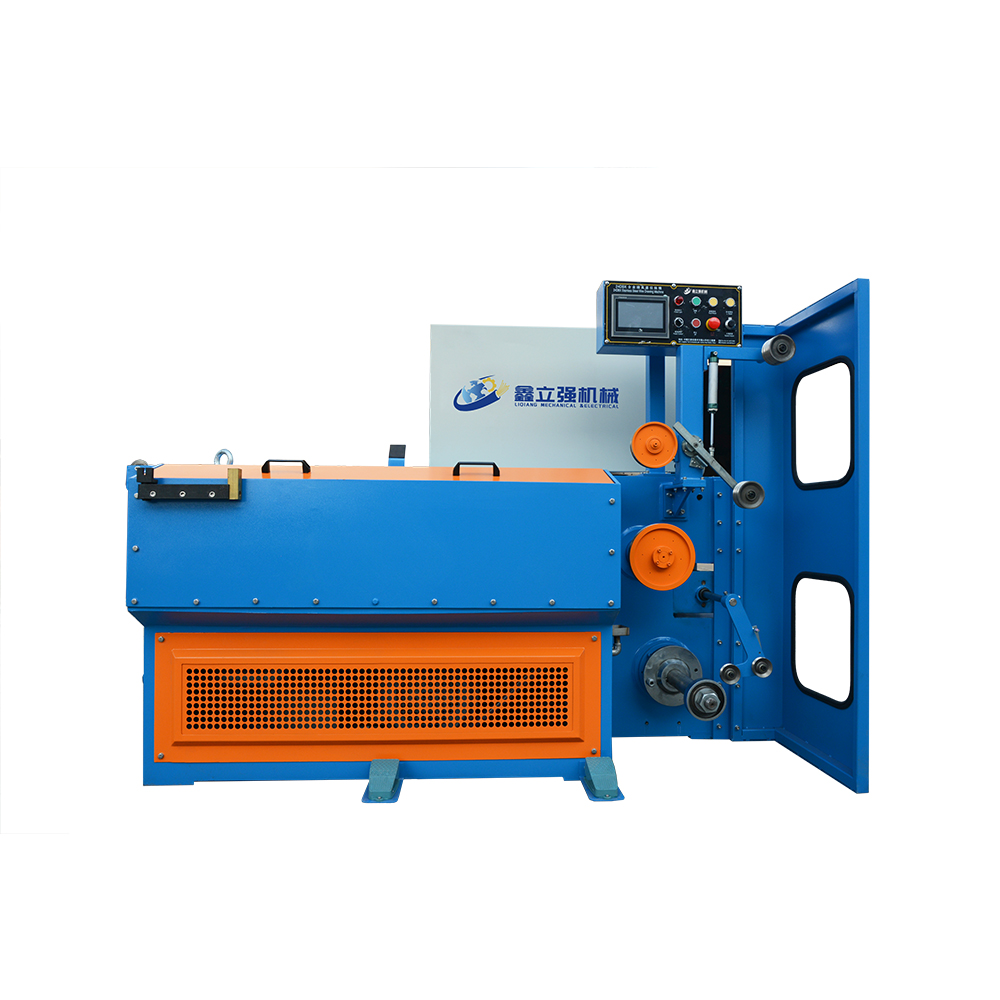In the world of brass wire production, the efficiency and quality of output heavily depend on the design features of the wire drawing machines. One of the critical aspects to consider is the stability of the machine during operation, as excessive vibration can lead to inconsistencies in wire diameter and surface quality. Modern brass wire drawing machines are engineered with various design features that significantly enhance stability and minimize vibrations, making them indispensable tools for manufacturers.
At the heart of a reliable brass wire drawing machine is its construction. Many models utilize an integrated casting process, often employing high-quality cast iron for the body. This choice of material not only provides substantial weight and rigidity but also dampens vibrations effectively. The inherent density of cast iron allows it to absorb shocks and vibrations that occur during the drawing process, creating a more stable operational environment. This stability is crucial when dealing with the precision required for producing high-quality brass EDM wire. A solid base helps maintain consistent tension throughout the drawing process, which is essential for achieving uniform wire diameters.
Moreover, the horizontal drawing arrangement found in many modern machines contributes significantly to reducing vibrations. This design minimizes the dynamic forces generated during operation, ensuring that the wire is drawn smoothly. Coupled with a belt transmission system, the machine benefits from a quieter operation and less mechanical strain, resulting in enhanced longevity and reduced maintenance needs. This combination of features leads to a serene working environment, allowing operators to focus on productivity without the distraction of excessive noise or mechanical rattling.

Another notable aspect is the integration of advanced control systems. Equipped with Siemens PLC and HMI, these machines offer operators intuitive control over various parameters, including coiling tension. The automatic correction control system plays a pivotal role in maintaining consistent tension, which helps stabilize the drawing process. By continuously monitoring and adjusting the tension, the machine can prevent fluctuations that could lead to vibrations. This not only improves the quality of the drawn wire but also enhances the overall reliability of the production process.
The design also includes thoughtful placement of support components and vibration-dampening features. Strategic placement of bearings and dampers can drastically reduce the transmission of vibrations throughout the machine. These elements work together to create a harmonious balance, ensuring that the energy generated during the drawing operation is effectively absorbed rather than transmitted to the machine’s frame. This careful engineering reduces wear on components and prolongs the lifespan of the machine, providing manufacturers with a robust and reliable production tool.
By leveraging high-quality materials, innovative construction techniques, and advanced control systems, manufacturers can achieve a level of precision and consistency that is vital in today’s competitive market. Ultimately, investing in a machine with these enhanced design features not only improves the quality of the final product but also contributes to greater operational efficiency and a more pleasant working environment.




 中文简体
中文简体 русский
русский Español
Español عربى
عربى














Contact Us